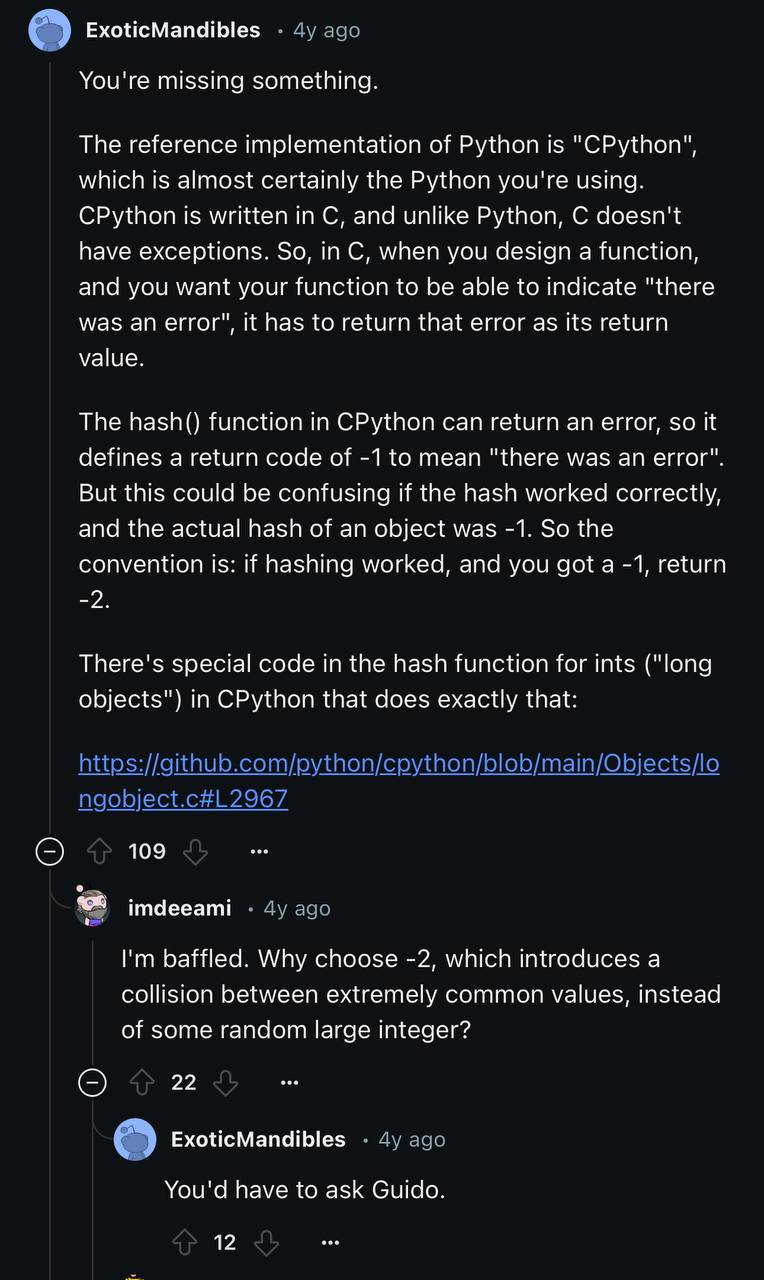Teaching Claude Code to Use ast-grep
I wanted Claude Code to understand the difference between searching for code structure and searching for plain text. That meant teaching it when to reach for ast-grep instead of ripgrep—and to make that decision automatically.
This is how I taught it to do that.
Claude Code can be extended in several ways—skills, commands, hooks, sub-agents, MCP servers, and plugins.
Each serves a different purpose, but in this case, I needed two working together:
- MCP (Model Context Protocol) to connect the actual ast-grep binary as an external tool.
- Skill to teach Claude when and why to use that tool.
Think of it like this:
- MCP gives Claude new abilities.
- Skills give it judgment.
I didn’t want to type /ast-grep every time. I wanted Claude to decide on its own.
Step 1: Adding the ast-grep MCP Server
The first step was to register the ast-grep MCP server with Claude Code.
Once connected, it exposes several tools that Claude can call directly:
- mcp__ast-grep__find_code — search code using structural patterns
- mcp__ast-grep__find_code_by_rule — advanced YAML-based rule matching
- mcp__ast-grep__dump_syntax_tree — inspect syntax trees
- mcp__ast-grep__test_match_code_rule — test custom rule
After this, Claude had full access to ast-grep—but it still didn’t know when to use it.
That’s where the Skill came in.
Step 2: Teaching Strategy with a Skill
I created a new skill file at:
~/.claude/skills/ast-grep/SKILL.md
The goal was simple: teach Claude how to decide when to use ast-grep versus ripgrep.
Here’s the essence of what I wrote:
---
name: ast-grep
description: Use ast-grep for structural code search. Fall back to ripgrep for plain-text searches.
---
# ast-grep: Strategic Code Search Guidance
## Core Principle
**ast-grep = Code structure** (syntax-aware, AST-based)
**ripgrep = Plain text** (fast, content-based)
## Decision Tree
Is this about CODE STRUCTURE?
├─ YES → Use ast-grep MCP tools
│ Examples:
│ ✓ Find function or method definitions
│ ✓ Locate class declarations
│ ✓ Search for loops or conditional patterns
│ ✓ Refactor code using syntax patterns
└─ NO → Use ripgrep
Examples:
✓ Search comments or docs
✓ Find TODO or FIXME markers
✓ Scan config files or logs
This gave Claude a clear rule of thumb:
- ast-grep for anything syntax-aware
- ripgrep for everything else
I also added a few anti-patterns—things Claude should avoid:
- ❌ Don’t use ast-grep for plain text
- ❌ Don’t use ripgrep for structured code
- ✅ Use the right tool based on intent, not habit
That’s it. The skill didn’t try to re-document every ast-grep parameter.
It just provided strategic guidance—the kind of context a human developer would know instinctively.
What I Learned
The key takeaway was separation of responsibility:
- MCP handles what tools exist and how they work.
- Skills handle when and why to use them.
Keeping those layers distinct made everything easier to maintain:
- MCP updates don’t break the skill.
- Skill logic evolves independently.
- Claude only loads the skill when it’s relevant.
It also keeps context light—since Skills use progressive disclosure, they load only when Claude detects the topic applies.
Final Thoughts
Teaching Claude to use ast-grep wasn’t just about wiring up another tool.
It was about teaching judgment.
By combining an MCP server (for capability) with a Skill (for reasoning), I gave Claude the intuition to pick the right search tool for the job—without me telling it what to do.
That’s the essence of extending Claude Code effectively:
tools give power, skills give intelligence.
References
